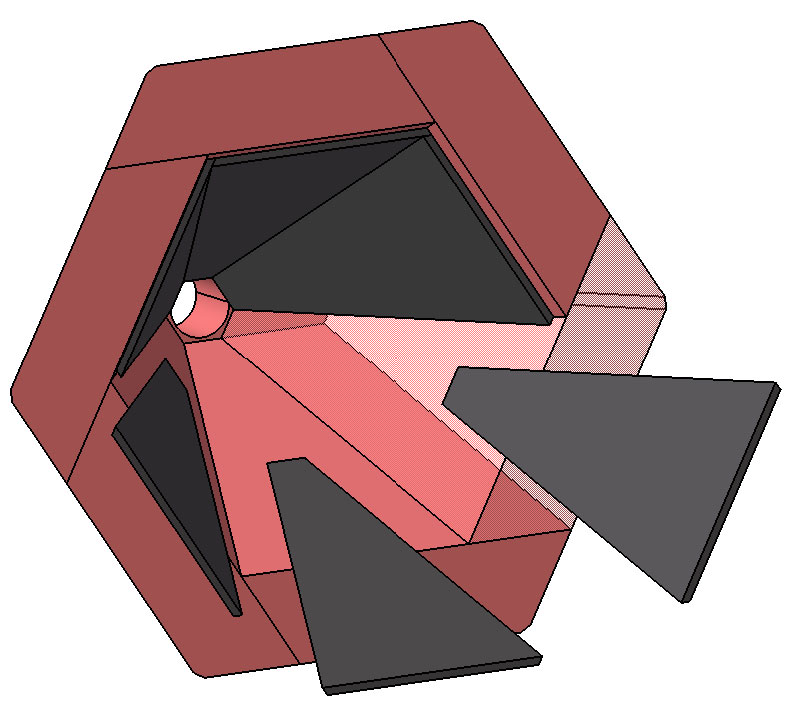Liten possesses unrivalled know-how
assembling materials deemed impossible to assemble, with two decades of
experience in diffusion welding, a solid-state welding process that leverages
the diffusion of atoms between two materials to create a joint. The process
entails applying high temperature and pressure to the two parts to be
assembled. This can be done simultaneously or not, according to a predetermined
cycle. Liten’s researchers know how to adjust the process for each unique
combination of materials, verify the process using models, scale up the process
for use in industrial settings, and transfer the process to partners.
Liten researchers were asked by their
colleagues working on the ITER reactor project to assemble a complex part from
basic tungsten and copper components—the two metals are impossible to weld
together using traditional techniques. To create the joint between the two
metals, the researchers used an intermediary material chosen for its capacity
to control the underlying diffusion mechanisms. They also determined the best
process for assembling the particularly complex part, which contained tubes and
several other internal components made from other metals.
This unrivalled know-how
can help drive advances in the aerospace, nuclear, glass, plastics, chemical
(reactors), new energy technology, energy-efficiency (heat exchangers), and
other industries.

© V.GUILLY/CEA